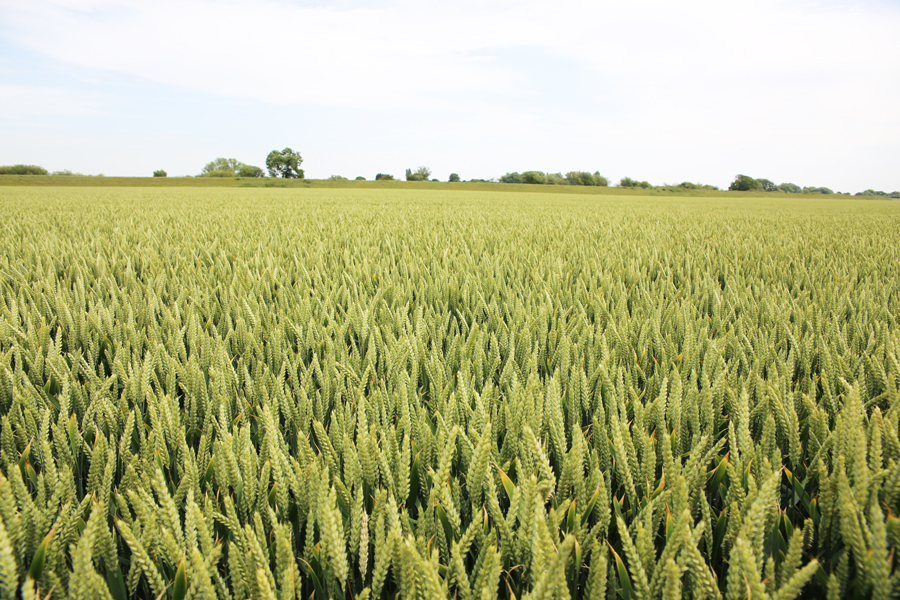Top tips on avoiding EFA pitfalls
3rd April 2019
Greening rules for farmers in England may be unchanged for the 2019 scheme year, but double-funding rules may have the potential to catch out some growers when planning their Ecological Focus Area (EFA).
Greening rules for farmers in England may be unchanged for the 2019 scheme year, but double-funding rules may have the potential to catch out some growers when planning their Ecological Focus Area (EFA).
Farmers are starting to turn their minds to their 2019 Basic Payment Scheme claim as the application window opens on 13 March, according to Strutt & Parker.
“The good news is that not much has changed for the 2019 scheme year, but farmers should always consider whether there has been a change in their own situation which means they will need to alter their approach from previous years,” said farming consultant Charles Garrard.
“For example, farmers with old Entry Level Stewardship (ELS)/Higher Level Stewardship agreements were able to use relevant options in their ELS/HLS agreements to count towards their greening obligations without any changes to payments.
“However, now many of these agreements have come to an end, and where farmers have subsequently joined the Countryside Stewardship Scheme, then they are affected by double-funding rules, designed to avoid farmers being paid for carrying out the same activity on the same land parcel.
“It used to be the case that some CSS options could be claimed as EFA and the payments would be adjusted accordingly to avoid double-funding, but this has changed so you can no longer overlap CSS options with what is claimed as an EFA. One exception is hedgerows which can be used both as an EFA and a CSS option [BE3] as there is no overlap in the management requirements.
“Farmers who have extended a Higher Level Scheme (HLS) agreement beyond its initial 10-year term are also affected by these double-funding restrictions.”
Mr Garrard said hedges remain a good starting point for farmers as they start the process of calculating how best to meet their EFA obligation.
Hedges used as EFA must be located on, or within five metres of, arable land and of a continuous length of more than 20m.
In terms of weighting, each side of the hedge is worth 5m2 per metre of hedge – so if a farmer is able to claim both sides of the hedge then 1,000m of hedge equates to 1 ha of EFA.
Another useful option is EFA field margins, which are a 1m strip of uncultivated land adjacent to a bank, hedge, fence or road.
It differs to a buffer strip in that it does not need to be next to a watercourse.
Farmers who establish an uncultivated strip next to a hedge should be able to claim 5m2 for one side of the hedge and an additional 9m2 for the field margin.
Significantly, the field margin strip can be located on the same area as the 2m cross-compliance protection zone, although there must be at least 1m of uncultivated land from the edge of the hedge throughout the year to be eligible.
This means if hedges are particularly wide then it will be necessary to leave an extra metre to ensure the EFA margin extends at least 1m from the hedge’s edge. A 1.2m flail mounted on a small tractor can be useful to help make sure that this remains the case throughout the full calendar year.
“Most farms should find it fairly straightforward to meet their EFA obligations using a balance of hedges field margins and buffers strips, topping up any shortfall with a catch or cover crop,” said Mr Garrard.

